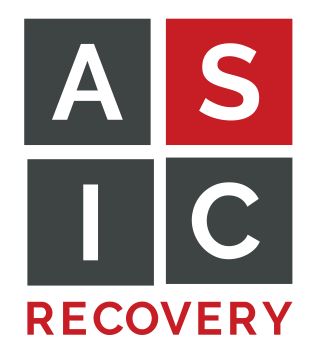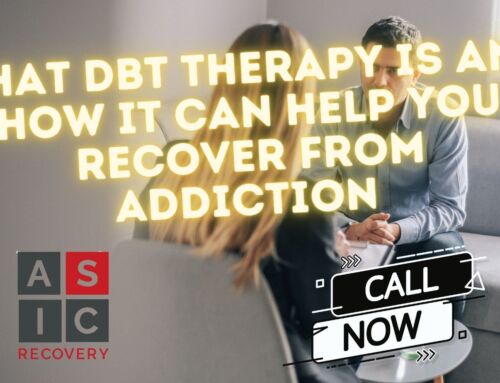If you or someone you know is struggling with substance abuse, the topic of getting professional help through a partial hospitalization program (PHP therapy) has probably come up. Maybe family members or friends have brought it up, or perhaps you’ve thought about it yourself.
There are many different types of treatment available to you if you’re trying to get sober. However, the decision on which type of addiction treatment you should start with can be overwhelming.
Treatment for substance abuse can be looked at in terms of “the level of treatment” that’s needed. One of these levels is a partial hospitalization program (PHP). It usually comes right after you’ve completed a residential treatment program.
Here’s an example of the different levels of treatment you might step down as you integrate back into regular day-to-day living without the use of mind-altering substances.
- Residential treatment (usually 30 to 90 days)
- PHP
- Intensive outpatient program (IOP)
- Sober living
To see if PHP might be a good fit for you, keep reading.
What is PHP Therapy?
Residential treatment involves you checking into a facility where you will live full-time for the duration of your treatment. It typically lasts 30 to 90 days. While you are in residential treatment, you’ll have an individual counselor.
Your individual counselor will discuss your discharge plan as to which level of care you should step down to. Whether you step down to PHP or directly to IOP usually depends on the severity of your substance abuse problem as well as how long you’ve been struggling.
If substance abuse professionals assess your situation and feel you don’t need to go to residential treatment, then you might start right at the PHP level.
Different PHPs operate differently; however, there are some general similarities that many of them share.
PHP programs typically occur 5 days a week for 5 to 8 hours a day, so it is still a fairly intense level of treatment. Except, instead of living at a treatment facility, you go home after your sessions. Sessions can consist of:
- Group therapy
- One on one visits with an individual counselor
- A visit with a psychiatrist to help you with medication management, including MAT (medication-assisted treatment)
- An educational hour where you may learn about the physical effects of drugs on your body
The Benefits of PHP Therapy
PHP is extremely beneficial, especially as the next step for you after completing residential treatment. Many times a 30- or 90-day stay in residential treatment just isn’t long enough to help ensure that you can integrate back into day-to-day living with a good chance of staying sober.
Ease Back into Daily Living
Life will still be waiting for you once you get out of residential treatment. Taking care of the kids, paying bills, getting back to work, and dealing with family members can be extremely stressful.
You may not feel stable enough to take on all of your normal responsibilities at home without getting triggered and then ultimately relapsing. Recovery is a marathon, not a race. Speeding through treatment doesn’t mean you are going to get better faster. It can sometimes mean the opposite.
Sober Support
PHP surrounds you with other addicts who are trying to get better. Since the disease of addiction usually isolates people, being around others in recovery can be particularly helpful. You can exchange phone numbers with other people attending your PHP and go to recovery meetings together.
Recovery meetings, such as SMART recovery meetings and 12-Step meetings, are vital to staying sober long-term. They are particularly important in the early days of your recovery.
PHP is also beneficial because counselors can help you make decisions as to what your next step should be once your PHP has been completed.
Some people may go straight from residential treatment into an IOP program; however, it’s highly unlikely that a counselor would suggest you not go to an IOP once you’ve finished a PHP.
A PHP counselor may suggest sober living as something you do while you’re in PHP (and the levels of recovery that may come after PHP). Sober living is a great thing to do while you’re in a PHP.
Going back to your normal home once your PHP sessions are over may give you too much downtime, especially if you live by yourself. This can easily lead to relapse. Sober living can give you added structure to set you up for success.
Medication Management and MAT
Aside from working with your counselor and your peers in PHP, meeting with a doctor in PHP is an excellent resource. Many times, people with addiction issues have a dual diagnosis. For instance, a person who is addicted to crystal meth may also be bipolar.
If only the addiction side of things is treated and not the bipolar, then the likelihood of the person succeeding in recovery greatly diminishes.
A doctor in PHP can prescribe medications that help with any other mental health conditions you may have in addition to your substance abuse issue.
A doctor in PHP can also prescribe you medication as a part of medication-assisted treatment (MAT).
MAT makes use of medication that can help you stay sober. For instance, if you’re addicted to opiates, a doctor at your PHP might prescribe Suboxone. Suboxone helps with cravings and can also help make withdrawal symptoms less severe.
There are many other medications that can be prescribed, depending on the substance you’ve been addicted to, as a part of MAT.
Takeaway
The bottom line is that treatment for addiction is highly individualized. What may work for one person may not work for you. That’s why it’s always important that you are extremely honest with any mental health/addiction professional when talking about the nature of your addiction.
Recovery is available to everyone and anyone who wants it. You just have to make the effort; people are ready to help!
IOP at ASIC Recovery
Looking for substance abuse treatment in Texas? At ASIC Recovery, our Intensive Outpatient Program (IOP) is dedicated to helping individuals develop healthier coping skills and build a supportive recovery network. Click to learn more.



